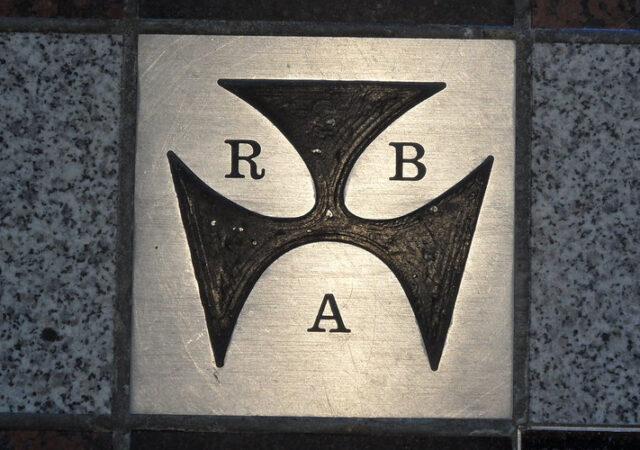Currency hedging can protect you against movements in exchange rates, but is it always a good idea?
When you invest globally you are not only exposed to the risk of the investment, you are also exposed to exchange rate risk. That is, the risk that the currency you purchase the asset in (e.g. British Pounds) will rise or fall against the Australian Dollar. Such movements in exchange rates can impact your investment return.
For an Australian investor, currency hedging is a mechanism that limits the effect of movement in foreign currencies against the AUD. This can be helpful as when the Australian dollar rises in value compared to foreign currencies this can reduce the value of your investment (as you get fewer AUDs if you are to sell your investment).
For those investors concerned about an appreciation in the Australian dollar, a currency hedged portfolio may provide some protection against a rising AUD. However, it is important to remember that in periods when the Australian dollar falls, investors who have their portfolio hedged do not receive the benefits of a decline in local currency.
A 100 per cent hedged portfolio eliminates the currency effects from movements in exchange rates.
What are the profit and loss implications of currency hedging?
This is where it gets complicated. The profit or loss from currency hedging arises from the difference between the forward rate at which the contract was entered into and the spot rate that the contract is settled at when it matures.
The profit or loss from hedging can be analysed into two components as follows:
- A component relating to the interest rate differential which can be predicted accurately in advance. It will be positive for hedging from currencies with lower short-term interest rates than Australia, and vice versa.
- A component relating to movements in spot exchange rates over this period. This component will vary over time.
What are the cashflow implications of hedging?
Profits or losses from currency hedging will emerge in the form of positive or negative cashflows every month or quarter when forward foreign exchange contracts are rolled over. However, the offsetting losses or profits on the investments being hedged will not affect cashflows until the investments are sold.
What are the transaction cost implications of hedging?
- Direct transaction costs in the form of the bid/ask spreads on the forward foreign exchange contracts used to implement the hedging.
- Indirect transaction costs that are incurred as a result of cash flows that arise when forward foreign exchange contracts are rolled over.
- Investment management fees payable to the investment manager responsible for implementing the hedging.
So, should you be hedging all your international shares?
Currencies are not investments with expected return. Currencies don’t produce anything. So when people say they are “investing in currency”, what they are actually saying is “I am taking a risk that the currency I hold will be worth more than my counterparty currency at the time I choose to convert back to AUD”.
Given currency has no expected return, at Align Financial we often prefer to invest globally unhedged i.e. to be exposed to exchange rate movements. The exception to this is if the AUD appears to be grossly overvalued (e.g. when it got to $1.05 US cents in 2012) or grossly undervalued (e.g. 52 US cents in 2002) we might hedge or unhedge with the expectation that the exchange rate will return to more of a long-term average. But this is no easy task as currency movements are highly unpredictable.
Find more Sharemarket 101 lessons here.
This is an edited version of an article that originally appeared on Align Financial and is republished here with permission. This article contains general information only. This should not be relied on as independent finance or tax advice. If you are after specific professional advice, speak to your registered tax agent/financial advisor or reach out to Darren at Align Financial.




























Trending
Sorry. No data so far.